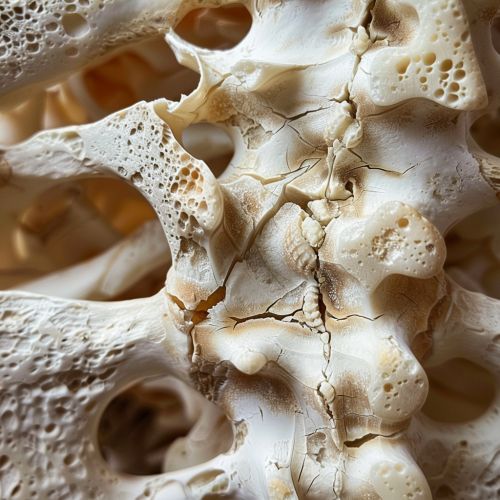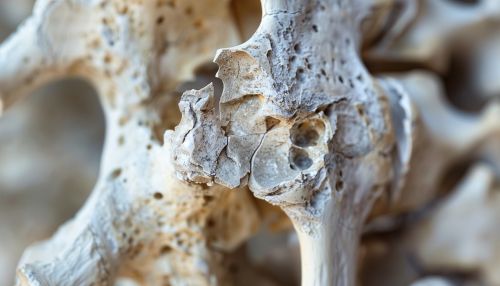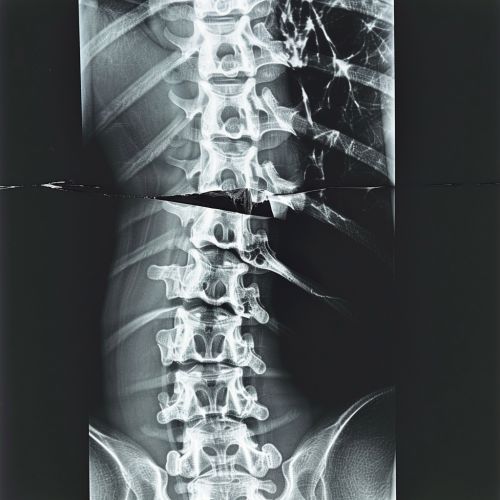Fracture
Introduction
A Fracture is a break in the continuity of the bone. It is a medical condition where the continuity of the bone is broken. A significant percentage of bone fractures occur because of high force impact or stress. However, a fracture may also be the result of some medical conditions which weaken the bones, such as osteoporosis, certain types of cancer, or osteogenesis imperfecta, also known as brittle bone disease.


Types of Fractures
Fractures can be broadly classified into several types:
Simple Fracture
A simple fracture, also known as a closed fracture, is when the bone breaks but there is no puncture or open wound in the skin.
Compound Fracture
A compound fracture, also known as an open fracture, is when the bone breaks and punctures the skin. This type of fracture is usually more serious than a simple fracture, as there is a risk of a deep bone infection.
Comminuted Fracture
A comminuted fracture is when the bone breaks into several pieces. This type of fracture is usually the result of a high impact trauma and requires surgical intervention for treatment.
Greenstick Fracture
A greenstick fracture is a type of fracture where the bone bends and cracks, instead of breaking completely into separate pieces. This type of fracture occurs in children, as their bones are softer and more flexible than those of adults.
Pathological Fracture
A pathological fracture is a broken bone caused by a disease that weakens the bone, often osteoporosis or a bone cancer.
Causes
The most common causes of fractures are: trauma, overuse and osteoporosis. Trauma can range from high-energy impacts such as those experienced in a car accident or fall, to lower energy impacts such as a simple slip or trip. Overuse fractures, often referred to as stress fractures, occur when a bone is subjected to repeated stress over time. This is common in athletes. Osteoporosis is a disease characterized by low bone mass and deterioration of bone tissue, which can lead to increased risk of fracture.
Symptoms
The most common symptoms of a fracture include pain, swelling, and bruising. Other symptoms may include a deformity of the limb or joint, inability to use the limb, and in severe cases, an open wound with bone protruding.
Diagnosis
Diagnosis of a fracture usually involves a physical examination and imaging tests. During the physical examination, the doctor will look for signs of a fracture such as swelling, deformity, and tenderness. Imaging tests such as X-rays, CT scans, and MRI scans are used to confirm the diagnosis and determine the type and extent of the fracture.


Treatment
The treatment of a fracture depends on the type, location, and severity of the fracture. Treatment options include immobilization, non-surgical reduction, and surgical intervention.
Immobilization
Immobilization involves the use of a cast, splint, or brace to prevent movement of the bone and allow it to heal. This is the most common treatment for simple fractures.
Non-Surgical Reduction
Non-surgical reduction, also known as closed reduction, involves the doctor manually realigning the bone fragments to their normal position without surgery. This is often done under local or general anesthesia.
Surgical Intervention
Surgical intervention may be required for more severe fractures. This can involve the use of metal plates, screws, or rods to hold the bone fragments in place.
Prevention
Prevention of fractures primarily involves reducing the risk factors. This includes regular exercise to strengthen the bones, a healthy diet rich in calcium and vitamin D, and safety measures to prevent falls and accidents. In cases of osteoporosis, medication may be prescribed to strengthen the bones.
